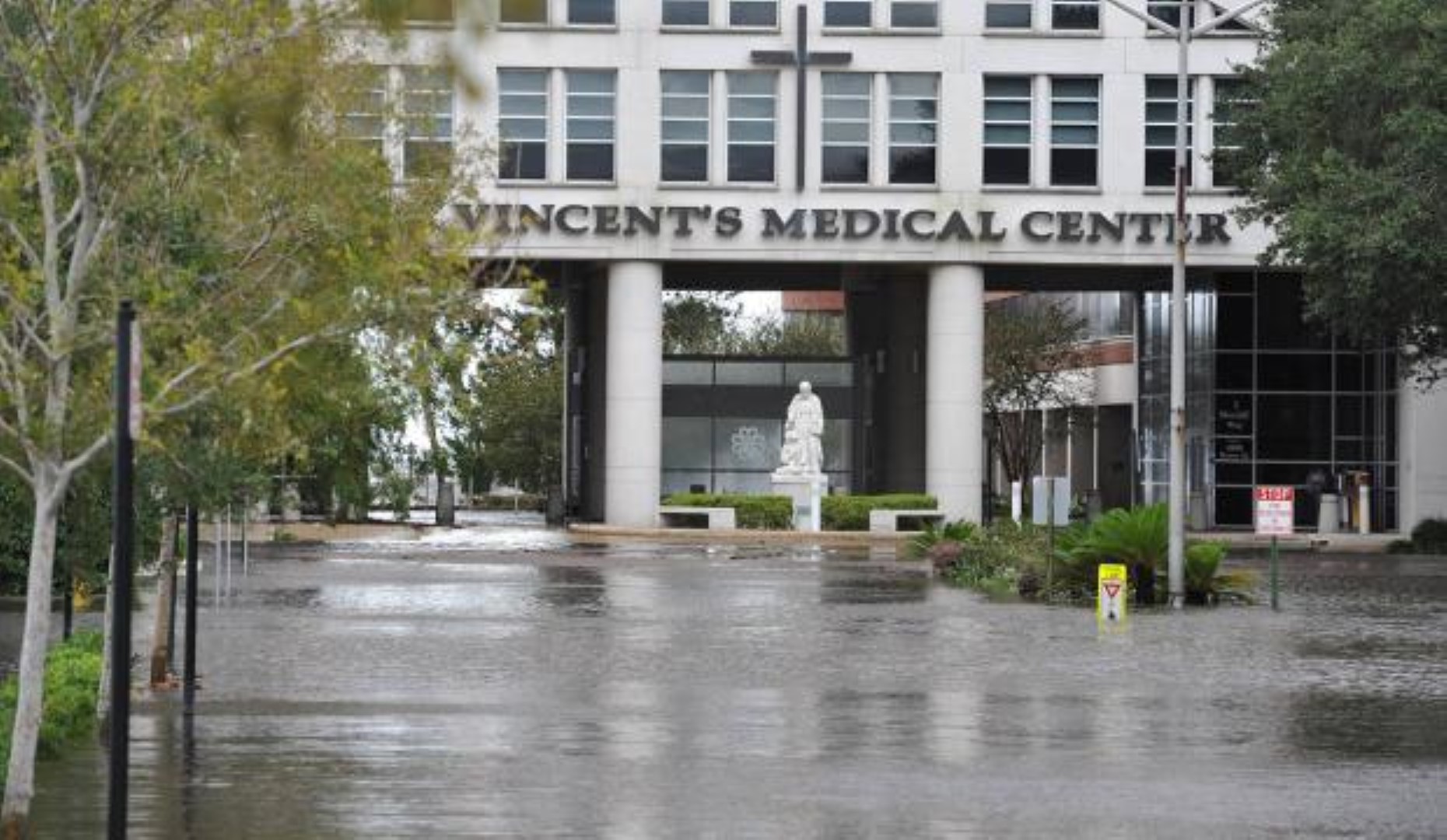
Through all the ups and downs of Hurricane Irma – the power outages, the flooding, the desperate quest for essential supplies – there was one place Floridians knew they could count on in a time of need. Florida’s hospitals were there for the people of our state, performing as flawlessly as anyone could hope to under the most trying circumstances imaginable.
Despite the looming threat of one of the most powerful storms ever to bear down on the Sunshine State, nearly 9 out of 10 hospitals were able to stay up and running to provide the highest quality of health care to people in need. Only a limited number of hospitals were forced to evacuate their patients as the worst of Irma bore down on our state, and even then, they made sure to arrange to have their patients cared for at other hospital locations.
It would be easy to take this for granted, to simply assume that hospitals would find a way to treat the sick and the injured. After all, it’s what they do – it’s what they always seem to do for us. But when you consider everything that’s involved with running a hospital in the best of circumstances, and then throw a major hurricane into the mix, the success of Florida’s hospitals through Irma is nothing short of extraordinary.
Thirty-six of Florida’s 330-plus hospitals chose to close and evacuate due to Irma, mostly out of precaution. Those hospitals thought it better to make certain their patients were safe and being properly cared for, rather than take even the smallest chance their patients would be at risk. And where individual hospitals might be in the path of a dangerous storm surge, administrators wisely put patient safety at the top of their priority list.
Think about that for a moment. What other kind of large organization with more than 300 locations across the vast threatened region managed to stay open at 90 percent of its sites?
We tend to think of hospitals as just part of the landscape, something that is simply THERE because we need it to be. It can be easy to overlook the importance of the hospital industry to Florida’s overall economy – the fact that it, directly and indirectly, provides more than 900,000 jobs, pumps close to $130 billion into the economy, provides almost $17 billion in taxes to help fund local, state and federal government.
Hurricane Irma, then, was a good reminder that hospitals are so much more than a source of impressive economic data. They are a beacon of hope in an emergency, a rock-solid resource that can be counted on when so much else is topsy-turvy. Florida’s hospitals are where residents, authorities, nursing homes, and so many others looked for safety and assurance when everywhere else was struggling to weather the storm.
Major statewide events like Irma often give rise to a flurry of new laws and regulations designed to make sure negative things don’t happen again in the future.
From where I see things, it sure looks like Florida’s hospital industry doesn’t need “fixing” and can probably provide some good ideas for others.


